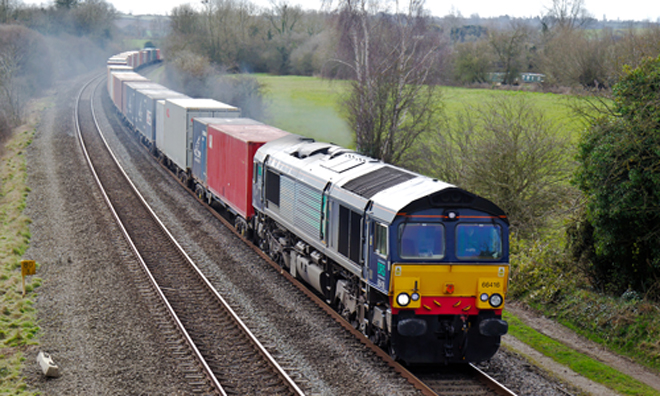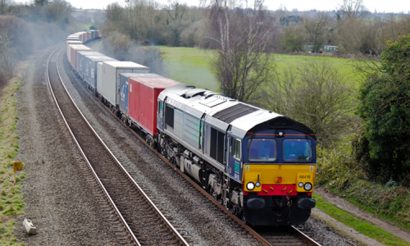CER urges EC to improve rail cargo’s regulatory framework by using ETD system
Posted: 11 January 2017 | | No comments yet
The CER has urged the European Commission to ‘improve rail cargo’s regulatory framework instead of worsen it’ by using an ETD system instead of an arrangement developed for road.


The CER has urged the European Commission to ‘improve rail cargo’s regulatory framework instead of worsen it’ by using an ETD system instead of an arrangement developed for road.


The Community of European Railway and Infrastructure Companies (CER) believes the EC is putting at risk the transport of goods by rail that is subject to customs supervision, by imposing a system developed for road which doesn’t fit rail. In its place, the organisation is pressing for the use of the so-called ETD system, a fully electronic and rail-dedicated customs transit procedure.
The ETD procedure has been designed to supersede the existing paper-based simplified rail transit procedure. For the past couple of years, the rail sector has been heavily involved in the realisation of this procedure grounded on article 233(4) of the Union Customs Code.
CER: ETD system is efficient, easy to implement and ensures compatibility
According to the CER, the system is efficient, easy to implement and ensures compatibility with other systems of authorities who already use electronic rail data, therefore removing the need for extra data entry into another system. Furthermore, the organisation believes it will reduce security risks due to the elimination of long stops at external borders.
“A rail-dedicated customs transit system is decisive for the efficiency and attractiveness of rail transport”
CER Executive Director Libor Lochman commented: “A rail-dedicated customs transit system is decisive for the efficiency and attractiveness of rail transport. Previous practice has demonstrated – for decades – how essential rail-dedicated customs procedures – such as ETD – are. The ETD is the best-fitting digital tool both for the rail sector and for the customs administrations and will pave the way for a fully computerised future for rail cargo transport. The non-implementation of the ETD procedure would inevitably lead to unbearably high costs for the companies and their customers, and consequently, to a modal shift to road.”
The CER suggest NCTS – the system promoted by the European Commission – cannot be considered as a viable option for railways as it would disconnect from the available RailData database and would require numerous manual inputs.
In conclusion, it believes NCTS goes completely against the EU objectives for a more sustainable transport system and increased role of railways in long-distance cargo transport.


